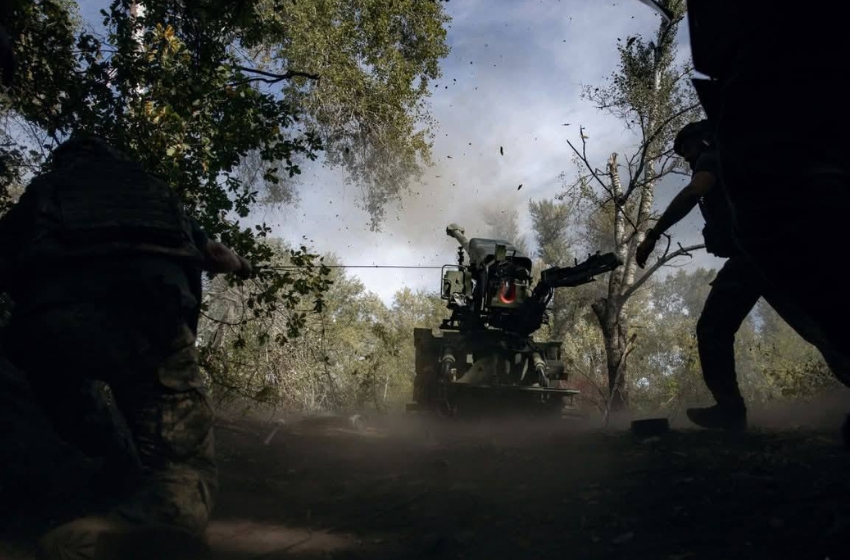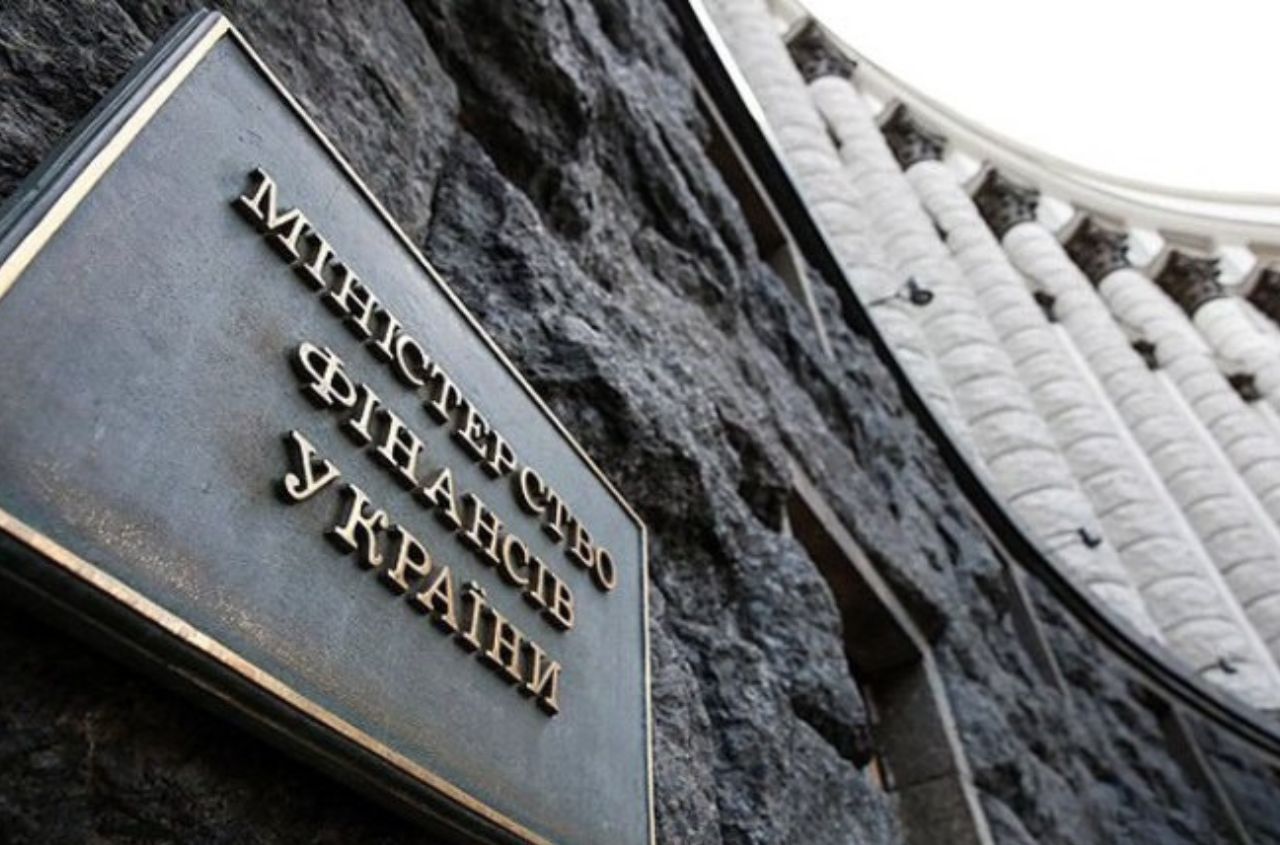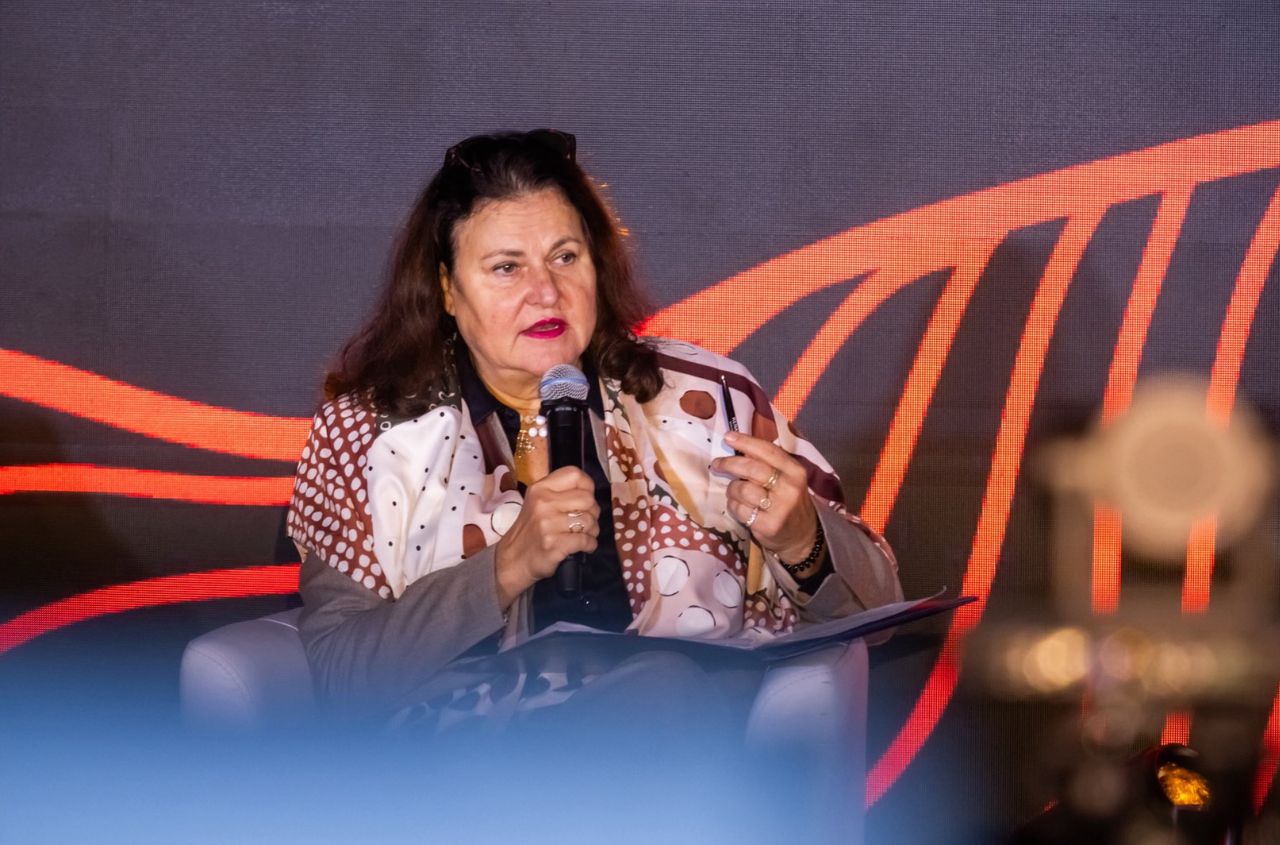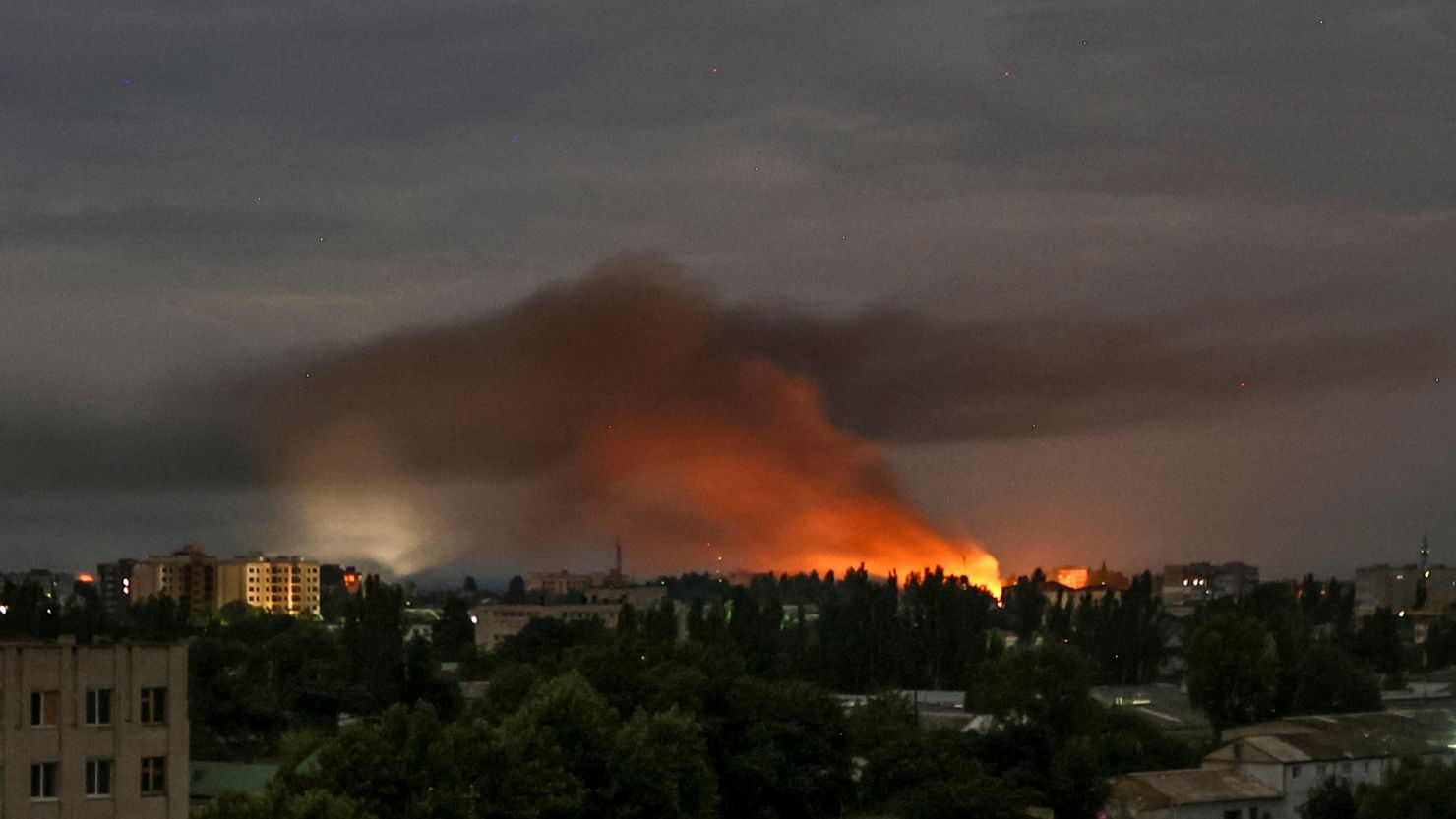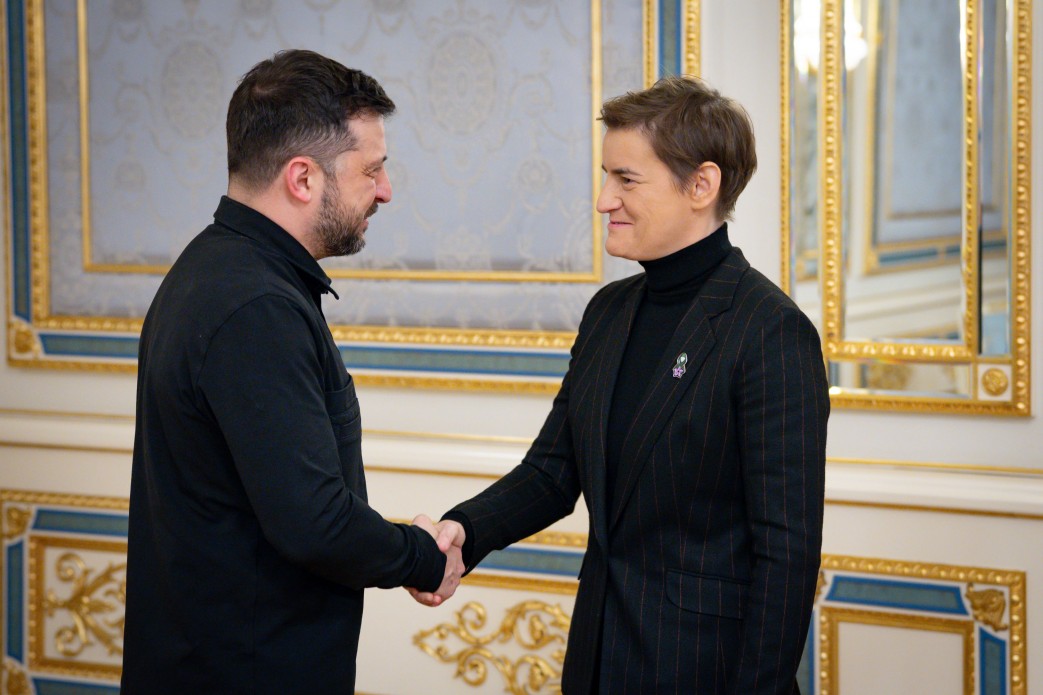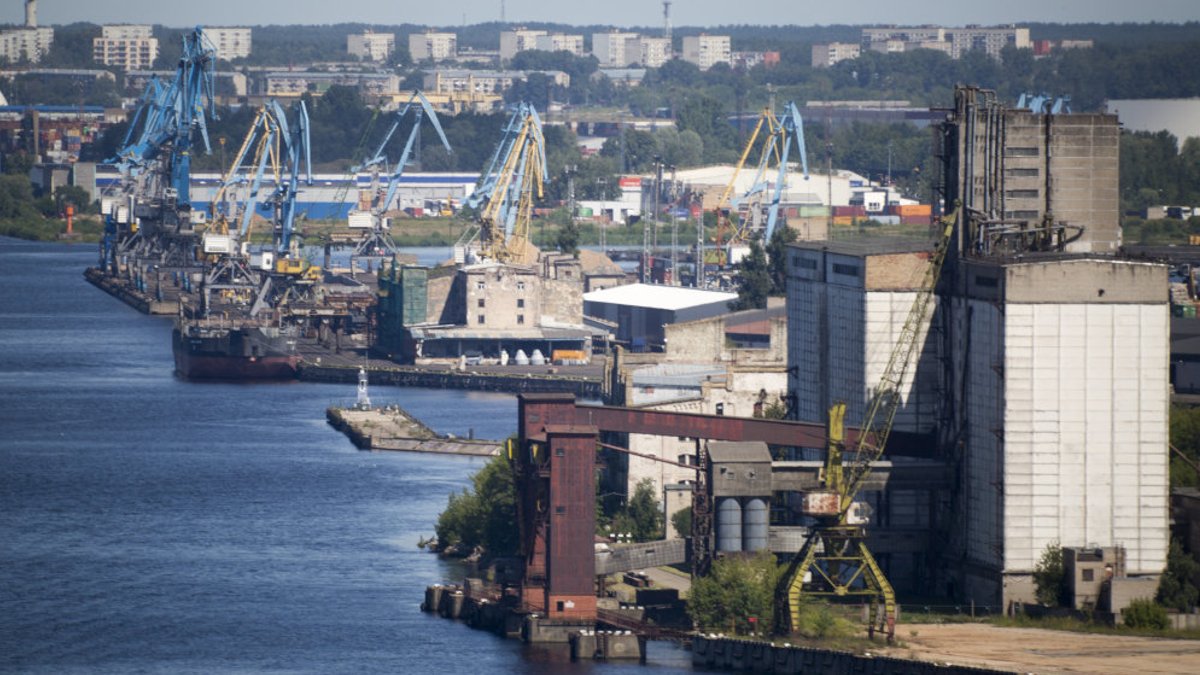Military aid to Ukraine sharply decreased in July and August 2025, despite the launch of NATO’s “Priority Ukraine Requirements List” (PURL) initiative.
This follows from a new Ukraine Support Tracker study by the Kiel Institute for the World Economy, published on October 14.
According to the study, in the last two months of summer, military aid fell by 43% compared to the first half of the year. Most of the assistance during the observed period came through NATO’s new PURL initiative. After the United States stopped announcing new aid packages at the beginning of 2025, European countries stepped in and significantly expanded their military support.
While the average monthly allocation of military aid in the first half of 2025 exceeded levels seen in 2022–2024 — even without U.S. contributions — this momentum declined over the summer. Military allocations from European countries fell by 57% compared to January–June 2025, even taking into account their contributions to the NATO PURL initiative. As a result, the average monthly volume of all military aid during this period was 43% lower than in the first half of 2025.
“As military support for Ukraine increasingly depends on new weapons procurement—which often takes months or even years to implement—the NATO PURL initiative is an important vehicle to provide Ukraine with ready-to-use weapons from US stockpiles. At the same time, the decline in military aid in July and August is surprising. Despite the NATO PURL initiative, Europe is scaling back its overall military support. What will be crucial now is how the figures evolve in the autumn,” says Christoph Trebesch, head of the Ukraine Support Tracker and Research Director at the Kiel Institute.
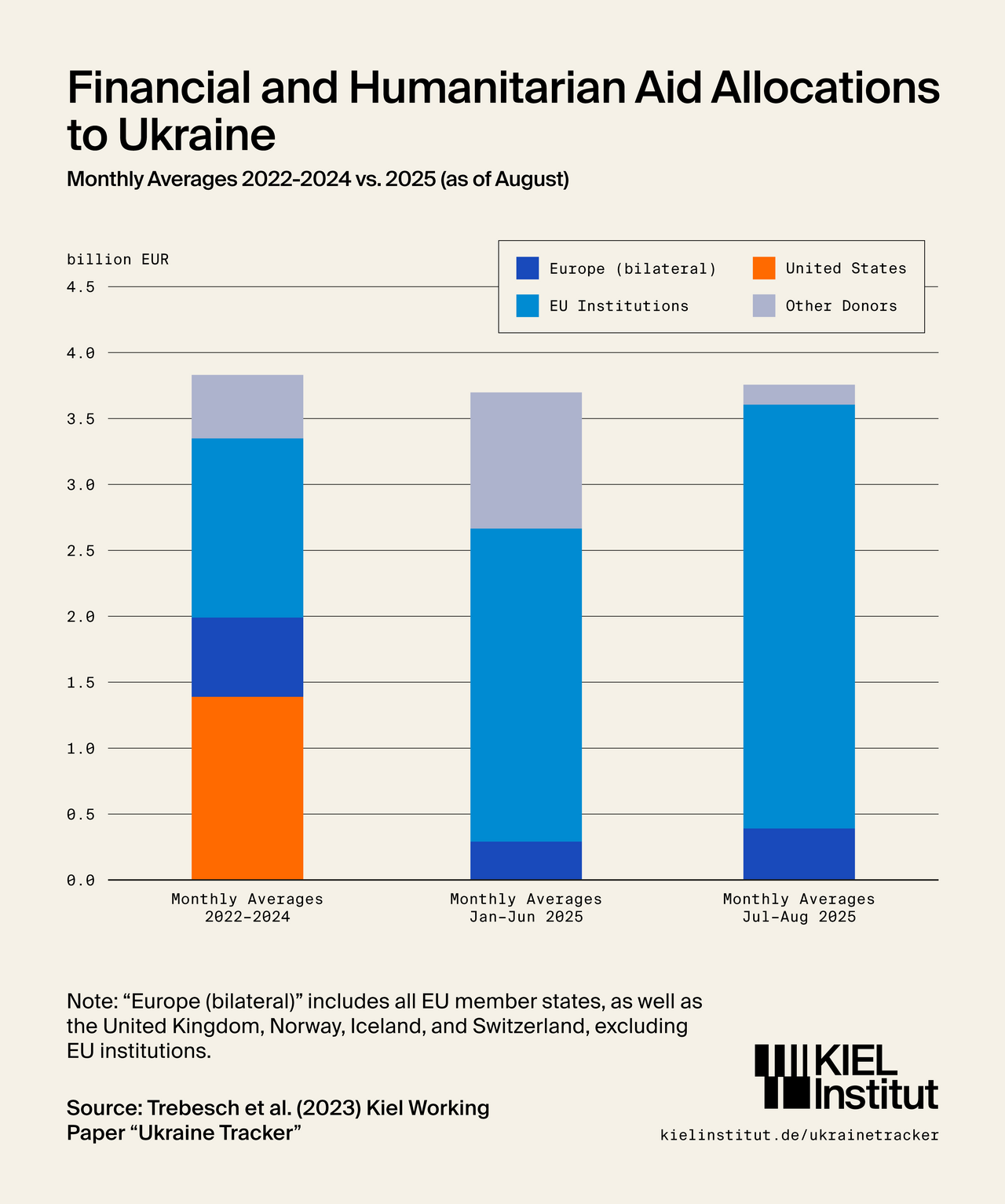
Meanwhile, the study notes that financial and humanitarian aid remained stable and continues to be provided mainly by EU institutions. Between July and August, €7.5 billion in financial and humanitarian support was allocated — a level consistent with previous years and the first half of 2025. Of the newly allocated funds, 86% came from EU institutions, including new tranches under the Ukraine Assistance Mechanism (€5.4 billion) and the ERA Loan Mechanism (€1 billion).
“The overall level of financial and humanitarian support has remained comparatively stable—even in the absence of US contributions,” noted Christoph Trebesch. “It is now crucial that this stability extends to military support as well, as Ukraine relies on it to sustain its defense efforts on the ground,” Trebesch added.
As reported, the PURL initiative was agreed in July during a meeting between NATO Secretary General Mark Rutte and U.S. President Donald Trump. It allows the Alliance to purchase “ready-to-use” weapons from U.S. stockpiles for Ukraine, funded by other member states. By August, eight NATO countries had joined the initiative — Belgium, Canada, Denmark, Germany, Latvia, the Netherlands, Norway, and Sweden — contributing a total of €1.9 billion.









